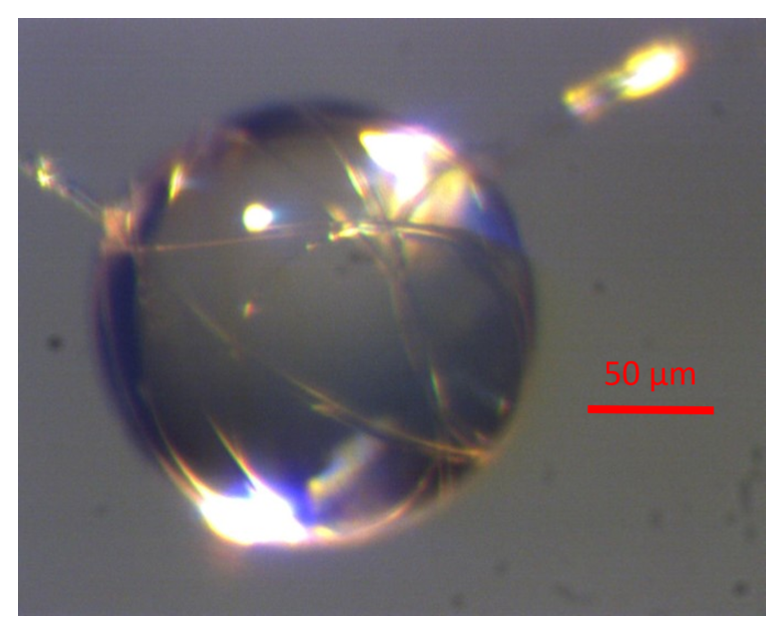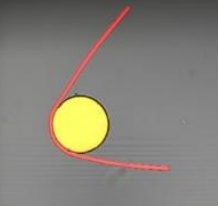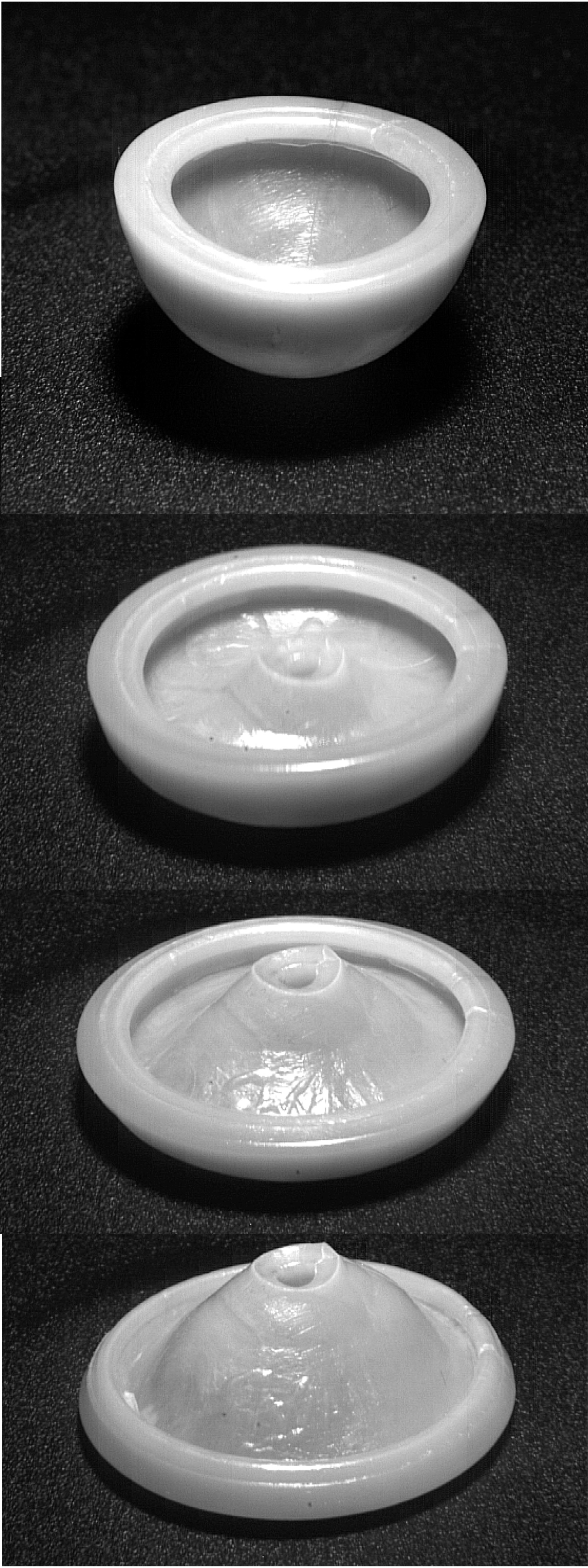

|
This project would be in collaboration with Ian Griffiths, and Janine Nunes who is based in the Complex Fluids Group at Princeton University. Micro- and nanoscale coiling and wrapping phenomena find themselves in many natural scenarios, from the functionality of a spider web to the packing of RNA within virus capsids. Similar behaviour is at play in manufacturing technologies including flexible electronic devices (like bendable smartphones), and in multifunctional soft materials for bioengineering and healthcare applications, such as materials for tissue engineering. The successful manufacture of such soft devices, however, depend on our understanding of the wrapping phenomena and our ability to control it to engineer such products at small length scales. In this project we will study the mathematics of microscale wrapping under a combination of deformability, fluid flow, electrostatics and surface tension. Our work will be underpinned by two example cases: one inspired by nature and one in technology. The first example case we will study concerns the wrapping of fibres within droplets. This is motivated by some spider webs, which consist of long threads that are held taught by small scale droplets on them: the surface tension of these droplets is strong enough to 'spool' additional thread within them. This spool ensures that excess length is reeled into the droplets and the thread remains taut but may also be unravelled if the fibre in the web is stretched (for example when an insect flies into the web). It is thought the presence of droplets also helps to dissipate the fly's kinetic energy without too much stretching. In this project, we will study these unravelling and reel-back processes. The second case concerns the external wrapping of microscale charged fibres around oppositely charged soft particles through mutual electrostatic attraction. As they attract one another, the fibre will wrap around the particle, squeezing it and deforming its shape as it does so. The initial configuration and subsequent rate of wrapping have been observed to dictate the shape of the particle and the configuration when the fibre ceases to wrap. In this project, we will investigate the wrapping process and dependence on the deformability of the particle and the fibre, the strength of the electrostatic interaction, and its dependence on the initial configuration. The mathematical models we derive in both of these example cases will be used to compare and contrast the wrapping dynamics and dependence of the behaviour and resulting configurations on the forces that are involved. |

|
This project would be in collaboration with Derek Moulton. Elastic snap-through occurs when a deformable object jumps from one state to another, as in the toy popper shown on the left. While this motion takes place very rapidly, the setting up of the first state can be done very slowly. This makes snap-through very useful in plants such as the venus flytrap where water can slowly be pumped to prime the leaves that then rapidly snap shut when an insect lands on them. This slow storage of energy, followed by rapid release, is also exploited by a range of insects to power spectacular jumps and snapping jaws. In such cases, snap-through allows the insect to overcome a fundamental barrier to fast motions at small scales: the power of muscle is limited. Instead by priming the system at low power (using muscle), and then releasing this energy rapidly through snap-through, the power of muscle can effectively be amplified. In this project, the student would seek to understand how this power-amplification can be effectively harnessed: how do insects translate the energy stored into useful work? |
|